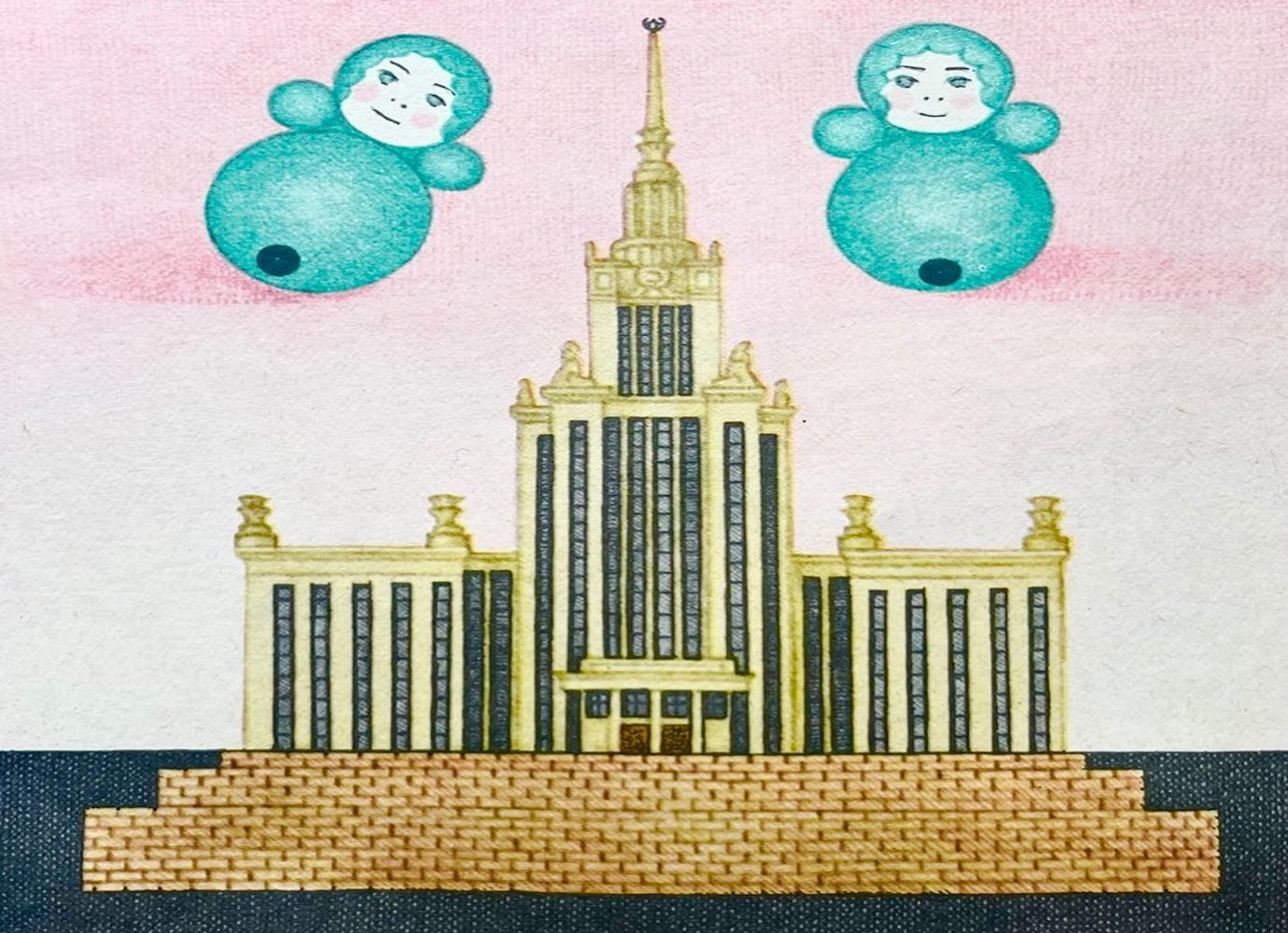Uplifting, avant-garde children’s book illustrations from the USSR

Instagram account @te_samiye_kartinki offers a rich collection of Russian-language children’s book illustrations, ranging from the heart-warming and the carefree, to the sleek and avant-gardist.
Curated by the Russian literary educational platform Polka,@te_samiye_kartinki largely features acclaimed artists from the Soviet era, including 70s conceptualists Ilya Kabakov and Viktor Pivovarov, who offer strikingly strange interpretations of somber Scandinavian tales. Kazimir Malevich’s former apprentice Valentin Kurdov also steals the spotlight with an avant-garde, almost calligraphic, black and white interpretation of Rudyard Kipling’s Rikki-Tikki-Tavi from 1934. Meanwhile, Viktor Chizhikov, the creator behind the mascot for Moscow’s 1980 Olympics, Mishka, is celebrated for his illustrations in more than 200 children’s books, which he created despite his colour blindness.
Moving beyond famous creators, Te samie kartinki also turns to fairy tales from smaller nations within Russia, giving a glimpse into their lesser known storytelling and art traditions, and celebrating their artists.
One of the books featured on the account, the 1988 edition of the Tofalar Popular Tales introduces us to the culture of the Tofalars, a small nation of fewer than 500 people in the Sayan region of Siberia. Their fluid, spoken language was recorded by linguist Valentin Rassadin, who spent most of his life сollecting Tofalar fairytales. In the Tofalar language, the name given to animals and objects change depending on the situation at hand. Tofalars, for example, have three different terms for the word “dog” depending on whether than animal is at home, on a hunt, or pursuing a bear. The book’s surreal illustrations, reminiscent of Yury Norstein and Hieronymus Bosch, were made by artist Boris Lapshin.
The account also shows illustrations from Soviet books which featured stories from around the world. They include a collection of Syrian-Kurdish fairytales, and Tales for Frank, a 1971 children’s story following an African-American family in the US on their way to a protest march.
One of the few contemporary illustrators featured on the account is a non-binary artist from Thailand, Natee Puttaipat, with hauntingly beautiful sketches reinterpreting Russian folk tales.